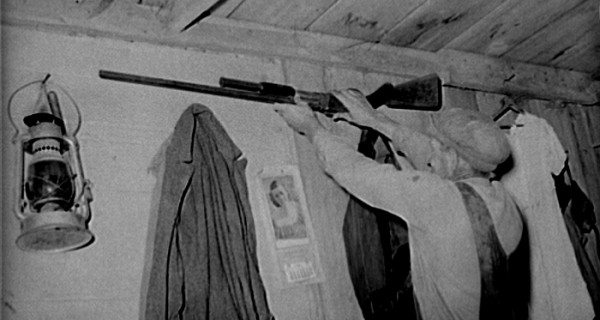Last week, I analyzed a tech company’s digital marketing and found a common problem: its writers cram too much information into the corporate content. I found white papers packed with numerous features, blog posts with multiple topics, and press releases overflowing with superlatives. And while these digital missives basked in the warm approval of upper management, the decision to mix essential and nonessential information had a dangerous side effect–it transferred the burden of determining the differences between them to the audience. As we’ve seen in prior posts (Why You Need to Know About the Neural Story Net and Why Business Storytellers Must Mind The Gap), this is not a winning strategy.
Our responsibility as business communicators is to convey meaning. To do so, we must carefully choose each element that we’ll use to communicate that message. Unfortunately, many marketers and PR folks abdicate that responsibility and create bloated pieces overflowing with facts, specs, and mind-numbing hyphenations like award-winning, best-in-class, mission-critical, high-value, and out-of-the-box.
So, what can we do about it? How can we determine which elements to keep and which ones to edit out? I like to use Chekhov’s Gun.
“Remove everything that has no relevance to the story. If you say in the first chapter that there is a rifle hanging on the wall, in the second or third chapter it absolutely must go off. If it’s not going to be fired, it shouldn’t be hanging there.”
— Anton Chekhov
Although this century-old advice was intended for novelists, present day business communicators can use Chekhov’s gun to evaluate their informational choices. For example, if we say that our products replace legacy systems, then we better explain “how so” later in the story. If we describe a new feature as a revolutionary, then we had better talk about the casualties of said revolution. Every element in the story must be tested. If it plays no corresponding role later in the story, it needs to be eliminated…ruthlessly.
Cut to the chase. Make fewer points. Then use Chekhov’s gun to separate the essential elements from the nonessential ones. Essential elements are bulletproof. Nonessentials must be killed without remorse.
Photo Credit: Library of Congress
